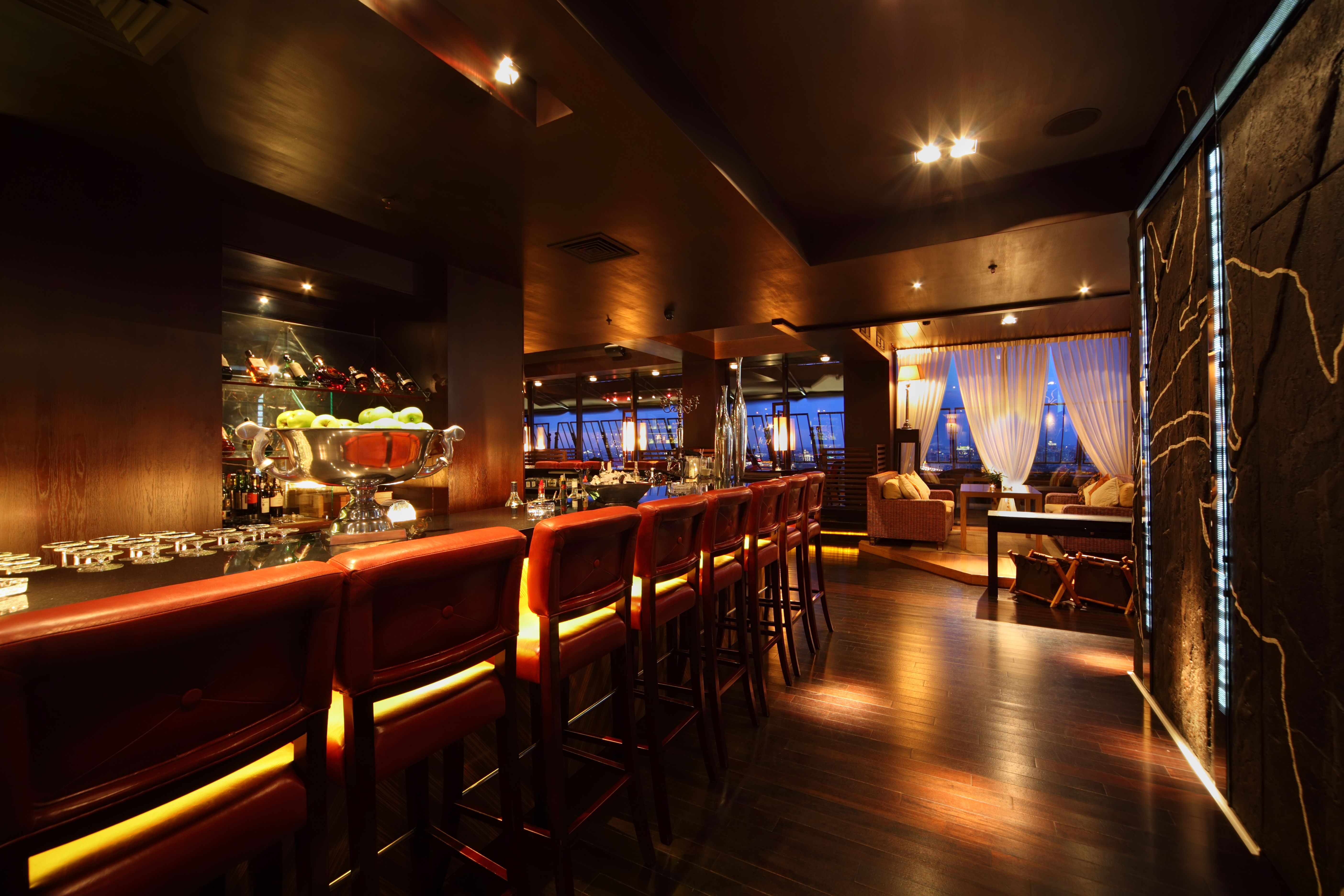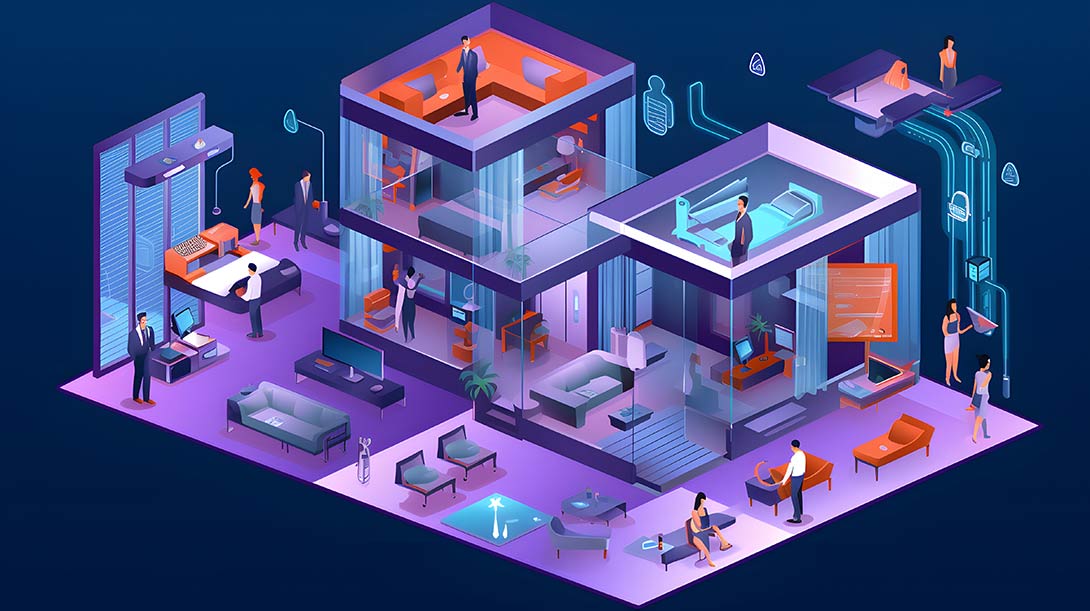“If used well, stories can stick in the customer’s mind, much longer than a memory of a bite of food, or a glass of wine.”
Funnily enough, I’d like to start with a story. Years ago, I went to a restaurant in a suburb of Glasgow. An unassuming, 40-seater, tucked in between a Sainsbury’s and a kebab shop. To this day, I remember, and cherish that meal as one of the best restaurant experiences I have had. The story they were telling was simple: They were the proud, convivial, Scottish neighbourhood restaurant. What stuck with me, is how this story seemed to be at the core of everything they did, and how it manifested itself in every detail. The tableware crafted by the local artisan, the friendly, local waitstaff, the carefully curated whisky list, and of course, the dishes featuring the best the region has to offer. In retrospect, a simple experience, but one that vividly stuck with me years later.
That is the power of storytelling. If used well, stories can stick in the customer’s mind, much longer than a single memory of a bite of food, or a glass of wine.
This isn’t coincidence. There is a logical, scientific explanation for this. When facing facts or figures, your brain activates one zone, the language-processing zone. When you hear a story, your brain simultaneously activates up to 7 zones at once, including image processing, and emotions. Simply put, stories engage us in a much deeper way.
Traditionally, the hospitality industry has been quite slow at adapting to change and remains quite rigid. Storytelling is no exception. Most restaurants today focus on selling products. Delicious food, a great wine list, beautiful décor, but no red thread. Nothing that connects these elements into a coherent story.
As restaurateurs, we have the power to use all the many elements present in a restaurant experience (the food, beverage, décor, tableware, music, lighting, etc.) in our own, unique way to tell a story. These elements shouldn’t merely be seen as great individually, but should contribute to a bigger picture.
And that’s not all. Once you have a solid story, you can even start using intangible elements to further strengthen that story, like blogs, interviews, articles, etc. Let’s go back to our little Scottish restaurant. To strengthen their story, they could interview local artisans: the baker, the fisherman, the local coffee shop. They could create an Instagram page, where every week they feature one of these neighbourhood personalities. They could start a blog, focused on unearthing ancient Scottish recipes. Once you start thinking this way, the possibilities to strengthen your story are limitless. Your story becomes a blueprint for the business, and every piece of content produced, the choices the business makes, all feed in to that story.
Throughout history, whether painted on a cave wall or written in an old manuscript, stories are what have unified us. In today’s world, we have at our disposal more tools than ever before to tell our stories. Let’s not waste that opportunity.





